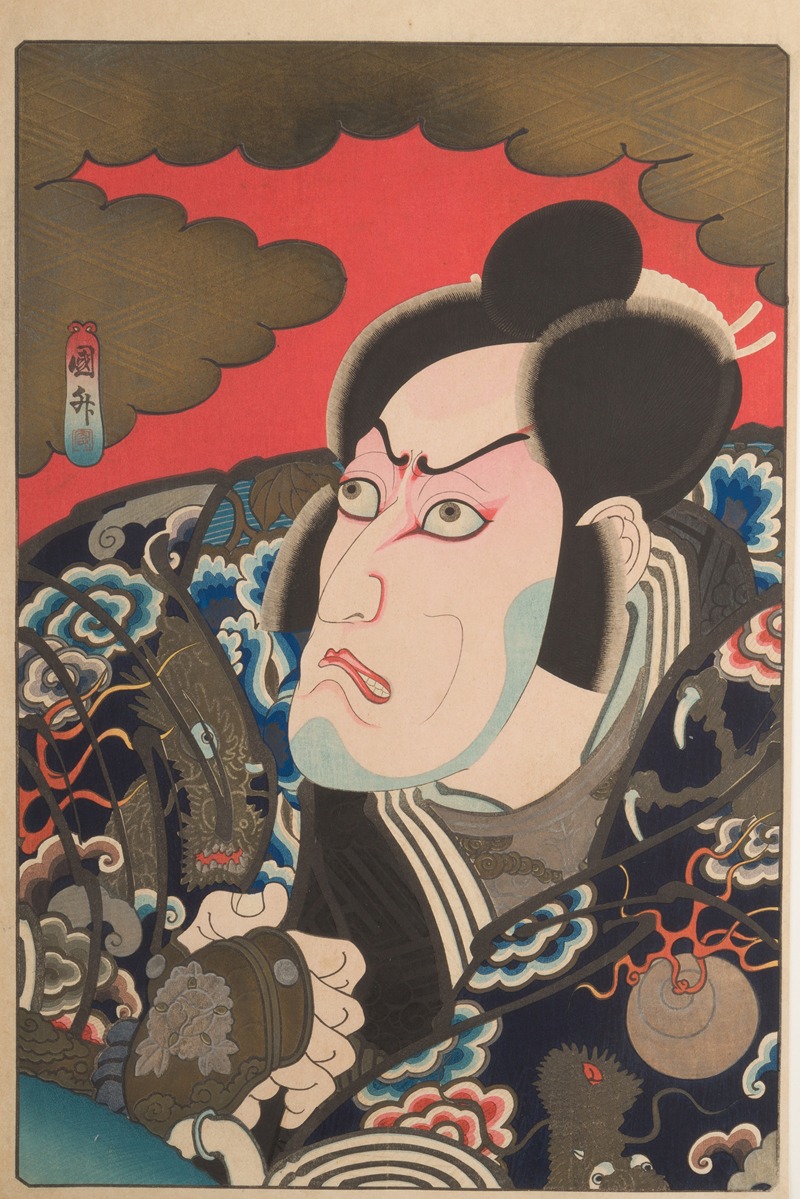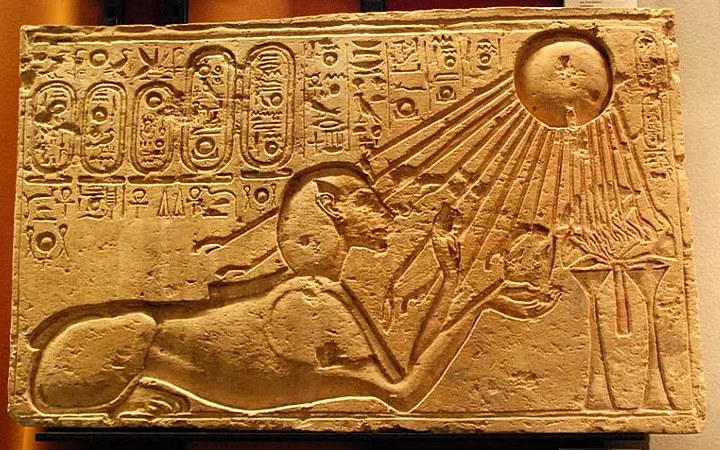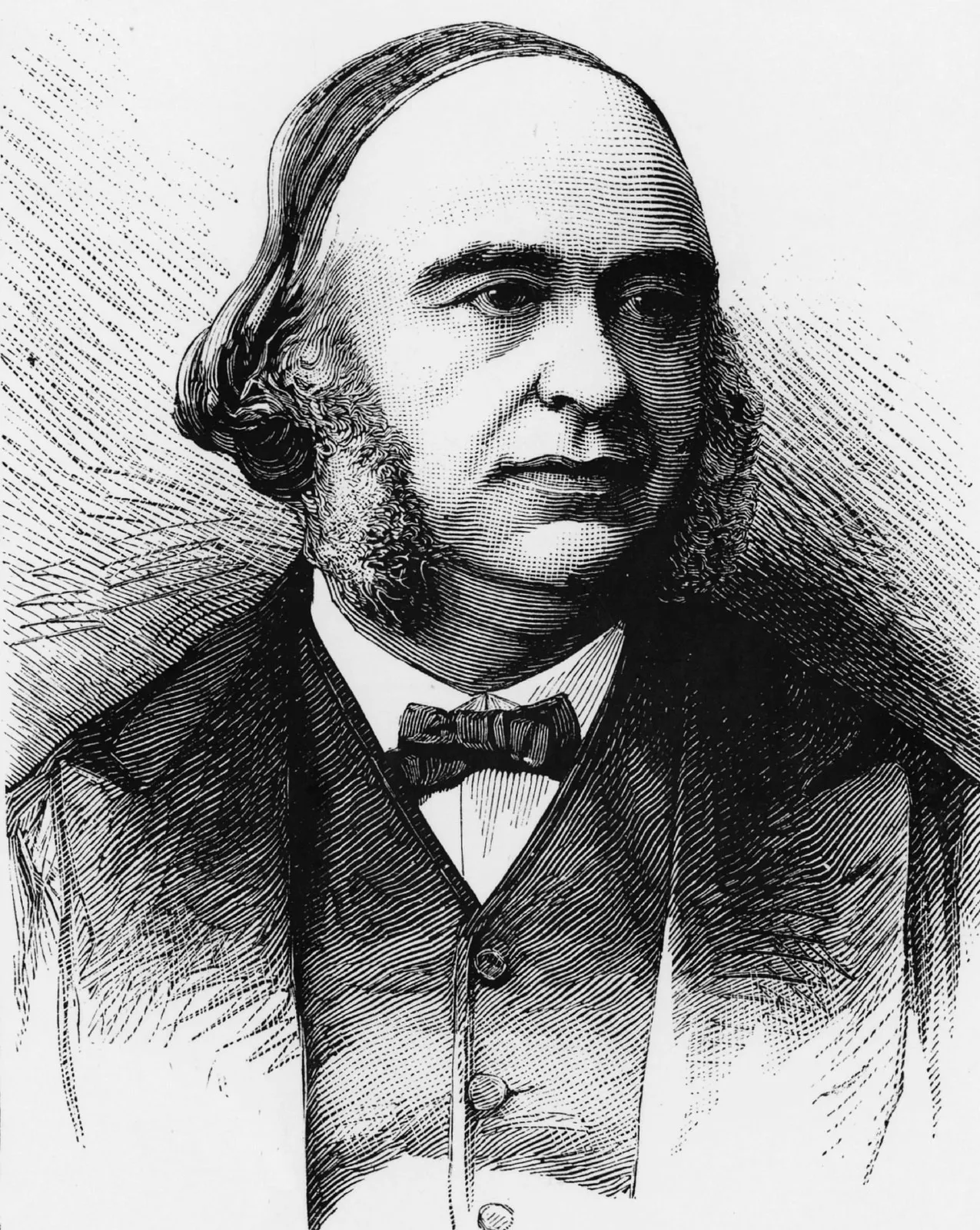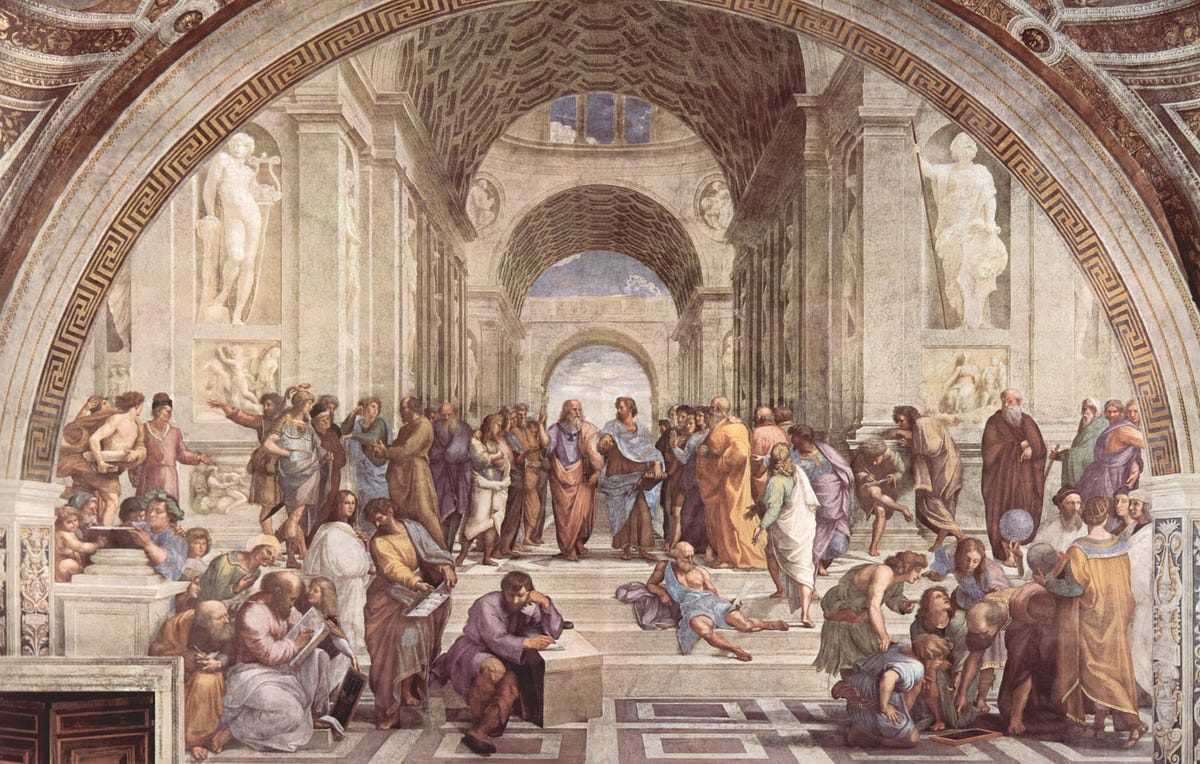

Kabuki syndrome, characterized by distinctive facial features, developmental delays, and multisystem involvement, offers child neurologists a remarkable intersection of clinical genetics, pediatric neurology, and cultural history. Its historical narrative, enriched with personal anecdotes, begins with meticulous clinical observation and profound cultural resonance.


In the rich tapestry of medical history some threads stand out not only for their scientific significance but also for their human drama. The story of Wilson disease (WD), or Wilson's disease as it was originally known, is one of such fascinating threads.

Landau-Kleffner Syndrome (LKS), also known as Acquired Epileptic Aphasia, is a rare neurological condition characterized by sudden or gradual aphasia and epileptiform EEG abnormalities in previously healthy children. The historical trajectory of LKS reflects a rich collaboration between neurology and speech pathology.


Significant historical advances, theories, and practices surrounding cerebral palsy from ancient times through the mid-20th century.

In the spring of 1861, in a quiet ward of Paris’s Bicêtre Hospital, a man named Louis Victor Leborgne — known simply as “Tan” — lay dying. For more than two decades, he had been confined within the hospital, able to utter only a single syllable.

From Aristotle to Sherrington, neuroscientific exploration of the nervous system's integrative action has primarily focused on motor functions, yielding significant insights into the roles of the spinal cord and cerebral cortex.


Fragile X Syndrome, the most common inherited cause of intellectual disability and autism spectrum disorder, is now a well-recognized condition. However, its discovery and understanding were long journeys marked by scientific curiosity, serendipity, and technological advancements.

Friedrich Horner, a Swiss ophthalmologist born in Zurich in 1831, left an indelible mark on medical science through his meticulous work on oculosympathetic lesions.
Page 1 of 2